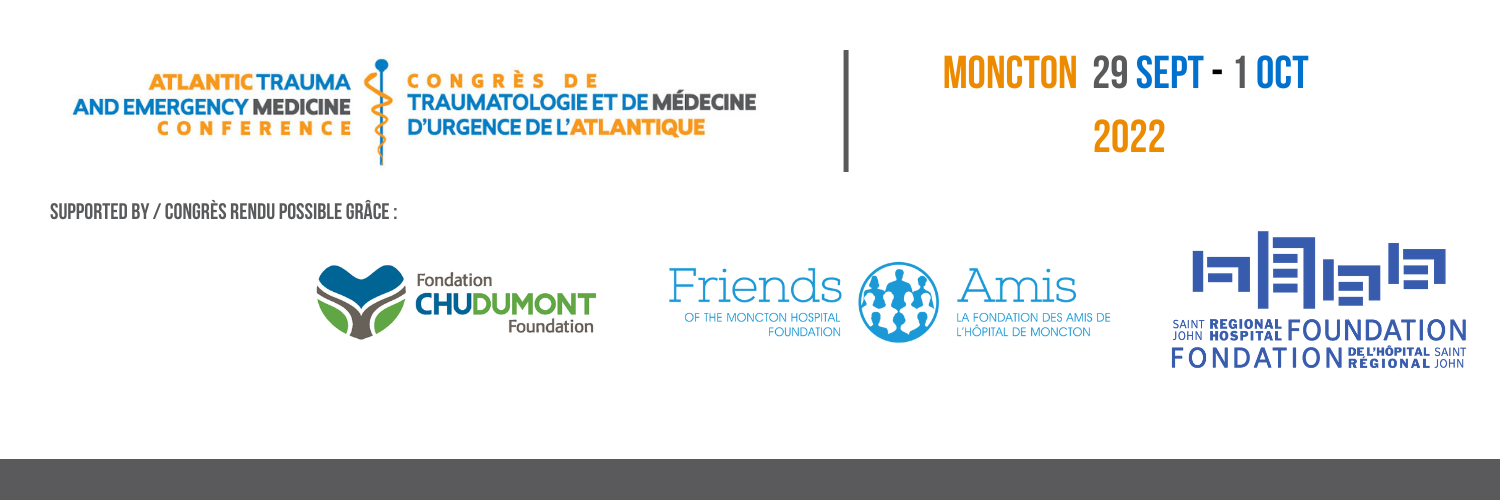Sedation and analgesia are really, really important for the intubated trauma patient!
Intubated patients should have enough sedation and analgesia to achieve and maintain a Richmond Agitation and Sedation Score (RASS) of -4. That’s no response to voice, but movement or eye opening to physical stimulation. In other words, if the patient is waving at you, you haven’t gotten there! Check out our guidance on this and other injury topics here.
If the patient qualifies, call early!
The Toll Free Trauma Line is intended for use when patients have injuries or mechanisms noted in the Trauma Transfer Guidelines AND who present within 24 hours of injury. For later presentations, physicians are encouraged to consult appropriate specialists directly and arrange transfer as required.


Pelvic injuries can be associated with significant urethral or bladder injuries.
It’s important to check for these as part of the early assessment of all trauma patients with a suspected pelvic injury. We updated our guidance on the early management of pelvic injuries in November of 2021 – available here.
What you don’t see!
Over the summer, Trauma Control Physicians are busier than ever, coordinating the transfer of major trauma patients across the province. They take into account the clinical condition of the patient, the location of required surgical specialists and any special circumstances present in potential destination hospitals before making a transfer decision. For pediatric patients, this often results in transfer from a smaller community hospital directly to the IWK, saving time to definitive care.


